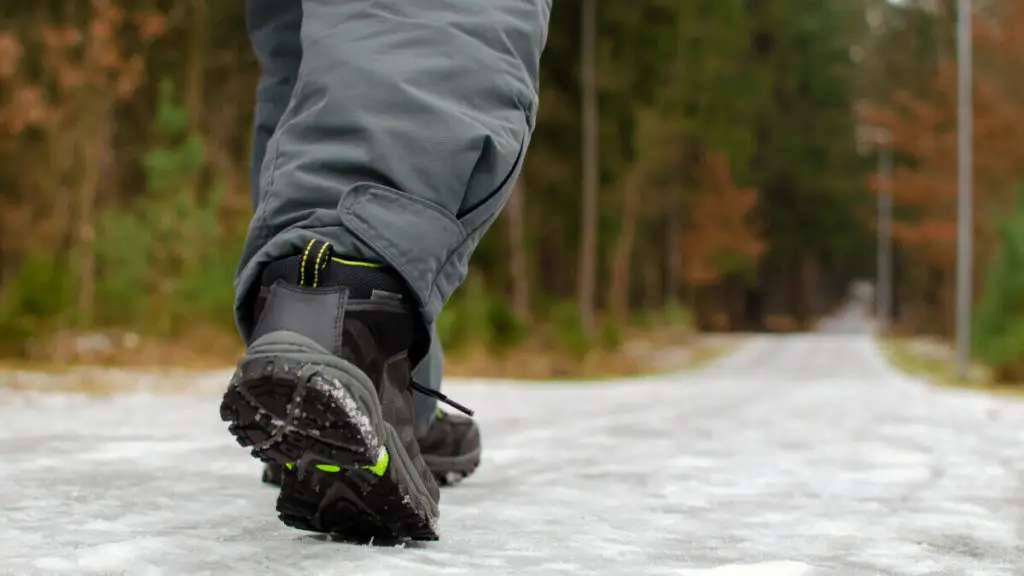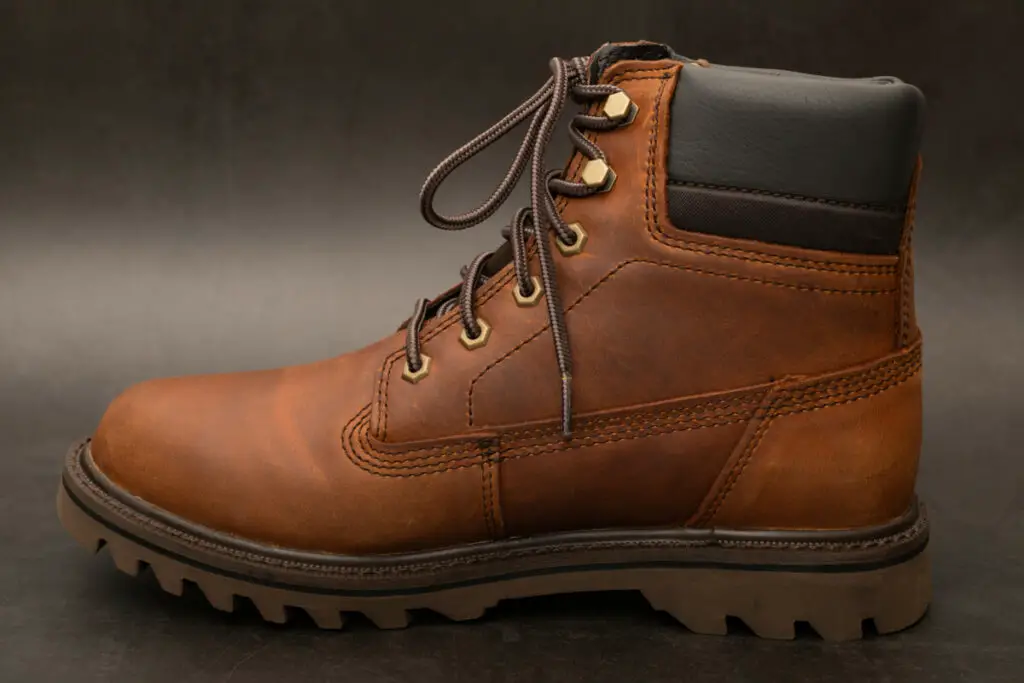
Whether you live in Alaska and are constantly dealing with the snow or you live in Texas and only have to deal with it once every few years, having a good pair of snow boots is important. But once you get a nice pair of snow boots, what do you do with them during the warm dry sunny months? Well, many people wonder if they can just use them like hiking boots and get the same result as your standard hiking shoes.
It is possible to hike in snow boots, but they are not the best option unless there is a lot of snow on the hiking trail. Snow boots don’t have all of the luxuries that most hiking shoes and boots have, but they do have many benefits when worn in cold and wet weather.
So, what are the advantages that snow boots are going to offer you when it comes to hiking? And If you want to use snow boots for hiking, what cons are you going to have to worry about? I will cover bother the pros and cons of snow boots for hiking and then finish by comparing your standard snow boots to hiking boots. I will also list some of the best available snow boots available.
Pros & Cons of Snow Boots
Pros
The first and most obvious of the pros when it comes to snow boots is the fact that they are completely waterproof. Any kind of snow boot that you are going to be getting will be 100% waterproof and will often have multiple factors that all work together to prevent any water, mud, snow, or other wet debris from getting into your boot.
Next, snow boots are typically very easy to clean. The vast majority of snow boots are going to have a rubber sole that can simply be cleaned with water and a bit of dish soap. The upper portion of the boot tends to be either leather or nylon and is a bit more complicated to clean, but they typically can be cleaned on the surface with just water. (Source)
The last of the major pros that snow boots have is the fact that they typically provide great ankle support. In order to fully be waterproof, the boot will rise above the ankle and provide the support that your ankles need if you ever slip while in the snow or mud.
Cons
However, snow boots aren’t perfect. The first of the major cons is the fact that snow boots don’t often have good traction. When you are walking through snow, mud, or even doing a summer hike it can get very difficult if you can’t get any good footing and keep slipping. While snow hiking boots solve this problem, standard snow boots don’t.
The second of the major cons that snow boots have is the fact that they are 100% waterproof. Now, you may ask, “Didn’t you just put that as a pro?” Yes, but it is also a con if you plan to use these boots for regular everyday hikes. Because they are 100% waterproof, sweat and moisture can’t escape from the inside. While this is going to be uncomfortable for you while hiking, it can also be problematic because it can cause itchy skin and rashes. (Source)
Snow Boot and Hiking Boot Differences
Snow Boots
Snow boots are really just meant to be used in snow and wet conditions. They are fully built to just be used in these conditions and while you can use them in other conditions, they do have drawbacks. Snow boots tend to have traction only in snowy or wet conditions, are typically heavy, 100% waterproof, non-breathable, bulky, provide good ankle support, and really are only recommended for use in snowy conditions.
Hiking Boots
When it comes to hiking boots, they are very versatile and come in many variations, so they can be used in just about any condition. So, when it comes to comparing general snow boots to general hiking boots, it can be tough. While some hiking boots might be 100% waterproof, others might only be slightly waterproof.
Keep in mind while I am stating the comparison of hiking boots to snow boots, you should always check the information about your specific hiking boots to see if these attributes apply to yours.
Hiking boots tend to have great reviews and most styles will have better traction than typical snowboots, are lighter in weight, have some waterproofing, are very breathable, somewhat insulated, very comfortable, often lacking in ankle support, and are usable year-round in just about any condition. (Source)
Best Snow Boots

BAFFIN Zone Men’s Boots
The BAFFIN Zone Men’s Boots are going to be one of your best options when it comes to a high-quality snow boot that also allows you to hike or even work in. While they are going to cost you about $160, which, for a high-quality boot like this, is a great price.
ECCO TRACK 25 Men’s High
The ECCO TRACK 25 Men’s High hiking boots are the most expensive of the options that I recommend, as they cost $250. However, ECCO hiking boots are well known for their comfortability and longevity. I have had several pairs of ECCOs throughout the years and have always been extremely happy with them. They remain comfortable even after wearing them for hours on end.
Men’s TIMBERLAND® Premium 6-Inch Waterproof Boots
The Men’s TIMBERLAND® Premium 6-Inch Waterproof Boots are another high-quality option, but like all other options, they are somewhat expensive at a price tag of $198. Timberlands are known for acting as great outdoor shoes, and since these are almost completely made of leather they have all of the pros of snow boots, while also having some of the benefits that hiking boots have.
Pajar Canada Sarge Hiking Boots
The Pajar Canada Sarge Hiking Boots are another great hiking boot option that costs $185. They can be purchased and shipped to Canada and the U.S. These are another mix of both hiking boots and snow boots, which have nearly 100% waterproofing and plenty of insulation, while still having good traction and lighter weight so that you can wear them in almost any situation, including a summer hike.

